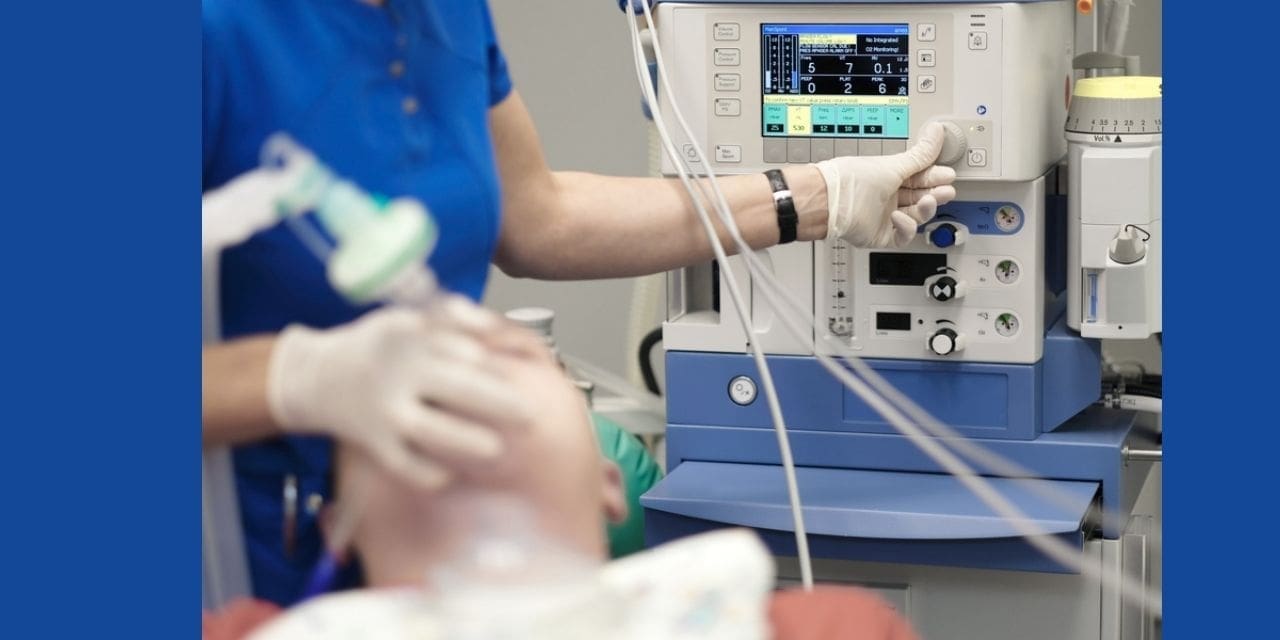A new deep-learning algorithm trained to optimize doses of propofol to maintain unconsciousness during general anesthesia could augment patient monitoring.
A new study by researchers at MIT and Massachusetts General Hospital (MGH) suggests the day may be approaching when advanced artificial intelligence systems could assist anesthesiologists in the operating room.
In a special edition of Artificial Intelligence in Medicine, the team of neuroscientists, engineers, and physicians demonstrated a machine learning algorithm for continuously automating dosing of the anesthetic drug propofol. Using an application of deep reinforcement learning, in which the software’s neural networks simultaneously learned how its dosing choices maintain unconsciousness and how to critique the efficacy of its own actions, the algorithm outperformed more traditional software in sophisticated, physiology-based simulations of patients. It also closely matched the performance of real anesthesiologists when showing what it would do to maintain unconsciousness given recorded data from nine real surgeries.
The algorithm’s advances increase the feasibility for computers to maintain patient unconsciousness with no more drug than is needed, thereby freeing up anesthesiologists for all the other responsibilities they have in the operating room, including making sure patients remain immobile, experience no pain, remain physiologically stable, and receive adequate oxygen, say co-lead authors Gabe Schamberg and Marcus Badgeley.
“One can think of our goal as being analogous to an airplane’s autopilot, where the captain is always in the cockpit paying attention,” says Schamberg, a former MIT postdoc who is also the study’s corresponding author. “Anesthesiologists have to simultaneously monitor numerous aspects of a patient’s physiological state, and so it makes sense to automate those aspects of patient care that we understand well.”
Senior author Emery N. Brown, a neuroscientist at The Picower Institute for Learning and Memory and Institute for Medical Engineering and Science at MIT and an anesthesiologist at MGH, says the algorithm’s potential to help optimize drug dosing could improve patient care.
“Algorithms such as this one allow anesthesiologists to maintain more careful, near-continuous vigilance over the patient during general anesthesia,” says Brown, the Edward Hood Taplin Professor Computational Neuroscience and Health Sciences and Technology at MIT.
Both actor and critic
The research team designed a machine learning approach that would not only learn how to dose propofol to maintain patient unconsciousness, but also how to do so in a way that would optimize the amount of drug administered. They accomplished this by endowing the software with two related neural networks: an “actor” with the responsibility to decide how much drug to dose at every given moment, and a “critic” whose job was to help the actor behave in a manner that maximizes “rewards” specified by the programmer. For instance, the researchers experimented with training the algorithm using three different rewards: one that penalized only overdosing, one that questioned providing any dose, and one that imposed no penalties.

